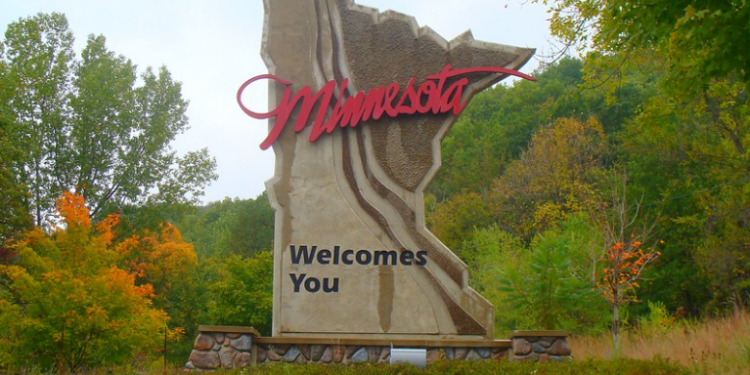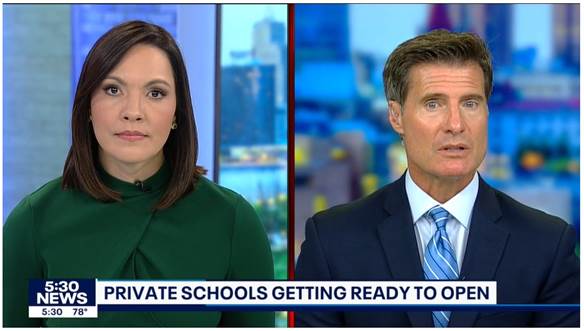At OAK, we’ve compiled an incredible amount of data from the Minnesota Department of Education (MDE). It’s deeply troubling.
According to MDE, in 2023:
- Less than 50% of all public-school students are proficient in reading
- There are roughly 435,000 Minnesota students who struggle with reading
- In math, only 46% of students are proficient
- Only 52% of 10th-grade students were proficient in reading
- A mere 36% of 11th-grade students were proficient in math
The shocking lack of math and reading proficiency for the entire state of Minnesota does not happen due to a few failing schools or even school districts. No, the evidence is clear the failure is systemic throughout the entire public education system.
If you doubt it’s systemic, consider the data presented below for the following regions of the state: Duluth, Bemidji, St. Cloud, Mankato, Rochester, and the Twin Cities.
Each table is sorted on 10th-grade reading proficiency.
In the Duluth area, there are 14 school districts.
- 50% are below the state average of 52% reading proficiency in 10th grade
- 5 districts have lower 10th-grade reading proficiency rates than Minneapolis
- In 3 districts, only around 33% of 10th-graders were proficient in reading

In the Bemidji area, there are 8 school districts.
- 50% are below the state average of 52% reading proficiency in 10th grade
- 4 districts have lower 10th-grade reading proficiency rates than Minneapolis
- In the worst districts, only about 25% of sophomores were proficient in reading

In the St. Cloud area, there are 24 school districts.
- 9 districts (42%) are below the state average of 52% reading proficiency in 10th grade
- 5 districts are below Minneapolis’ reading proficiency rate
- In 19 of the 24 districts (79%), less than 60% of 10th-grade students were proficient in reading

In the Mankato area, there are 23 school districts.
- 17 of the 23 districts (74%) are below the state average of 52% reading proficiency in 10th grade
- 11 of the 23 districts (48%) are worse than Minneapolis
- Only 2 districts have more than 60% of the students proficient in reading and not even one is above 65%

In the Rochester area, there are 23 school districts.
- 13 of the 23 (over 50%) are below the state average of 52% reading proficiency in 10th grade
- 8 districts (35%) are worse than Minneapolis’ 10th-grade reading proficiency
- Most districts’ reading proficiency is between 40% and 60%, with the highest still below 70% reading proficiency

And in the Twin Cities, there are 52 school districts.
- 42% of those districts are below the state average of 52% reading proficiency in 10th grade
- 69% of districts had less than 60% of students proficient in reading in 10th grade
- In the two best districts, about 25% of students were NOT proficient in reading
- In the worst district, Fridley, only 22% of sophomores were proficient in reading

There are roughly 870,000 public school students in Minnesota. With only half (435,000) of all students proficient in reading, consider how many lives have been forever stunted by an education system that has failed. By 10th-grade in 2023, the education system can only raise the overall reading proficiency to 52%.
Now consider what this means for the state of Minnesota and its culture and politics.
The Cato Institute just released a study tracking the in-migration and out-migration of $200,000+, high-income earners between the states. Minnesota is losing so many high-income earners that our state ranks 6th from the bottom of the list of losers. The only places losing more high-income earners are the following: Massachusetts, New York, D.C., California, and Illinois.
Below is the chart.
Historically, and despite the bitter cold, Minnesota has outperformed the majority of states in many metrics of economic growth. Such economic growth led to a quality of life that Minnesotans have come to take for granted.
Unfortunately, if the trend of systemic education failure continues in this state, we are going to continue to fall to the bottom of the rankings in both economic strength and quality of life. If we were to allow 50% of students to graduate high school despite struggling to simply read, our economy and quality of life will collapse.
When we combine the utter failure of the education system, 435,000 students struggling with basic reading, and an out-migration of high-income households, the chances of a future strong economy and high quality of living are grim.
Indeed, if you want Minnesota to look like a developing country with an enormous portion of society in a state of dependency in a decade, do nothing. If you want change, it’s time to admit the current model of public education has completely failed.
There is little chance of reforming the system from the inside as it is controlled top-to-bottom by Education Minnesota and the other teachers’ unions.
We must embrace a new education model in which the dollars follow the students. Already nearly 20 states have embraced the change. Now it’s Minnesota’s turn.
Parents need the freedom and resources to escape failing school districts and find the best educational environment for their children. Parents need school choice and Education Savings Accounts.
It’s time to put parents in charge.
—
Image Credit: Flickr-Doug Wallick, CC BY-NC-SA 2.0











![[downloaded during free trial]](https://oakmn.org/wp-content/uploads/2025/11/iStock-1430368205-120x86.jpg)

